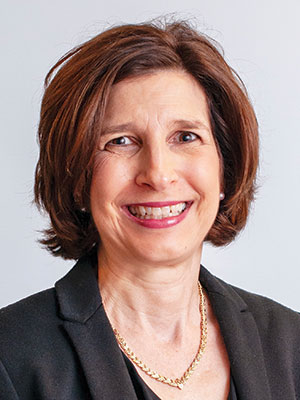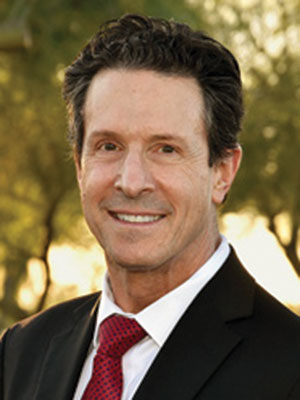
It’s a time of exciting new treatment discoveries and improved patient outcomes, but it should come as no surprise to rheumatologists that adult rheumatology workforce projections look grim. In its 2015 Workforce Study of Rheumatology Specialists, the American College of Rheumatology looked at the supply and demand of rheumatologists through 2030 and found that the supply of rheumatology full-time equivalents is expected to decrease by more than 25% by 2030.
In contrast, demand for rheumatologists is increasing. By 2030, the report projected that demand would exceed supply by 102%. A Wednesday Clinical Practice session, Addressing the Rheumatology Workforce, will provide information on this shortage and examples of how to increase and sustain rheumatology providers. The session will take place from 9:00 – 10:00 am in Room B204, Building B of the Georgia World Congress Center.
“Our workforce is declining in terms of full-time equivalents,” said Marcy Bolster, MD, of Massachusetts General Hospital, and a lead author on the workforce study. “One full-time equivalent is equal to someone who sees patients 100% of the time, and, for example, many academic rheumatologists have fewer clinical sessions per week, so this shortage does not just reflect the number of physicians but reflects the availability of providers for patient care appointments.”
Dr. Bolster will open the workforce session detailing the current and increasing gaps in the rheumatology workforce. Dr. Bolster said it is a high priority for the ACR to face the challenge of this workforce gap, and innovative ways to address access to care will be of increasing importance.
The presentation will also examine some of the financial and administrative barriers to growth of the rheumatology workforce. Among these barriers is the limited number of rheumatology fellowship positions available.
“Many of the rheumatology fellowship training programs have plenty of faculty who can teach and a wealth of patients to whom to expose rheumatology fellows in training, but programs don’t have the resources to support recruitment of more rheumatology fellows,” Dr. Bolster explained.
Most medical institutions determine how many fellows will be allotted for each training program across specialties, and there are many other specialty areas experiencing workforce shortages as well, she said.
“We are seeing increased numbers of applicants to rheumatology fellowships such that there are a lot of people vying for positions; however, there are not enough resources to support program growth to accommodate training of more fellows.”

Dr. Bolster will be joined by John Tesser, MD, of Arizona Arthritis and Rheumatology Associates. Dr. Tesser plans to discuss some of the ways that rheumatology practices can start using advanced practice provider-based models to assist in delivering care to patients. It is important to begin identifying ways of bringing these nurse practitioners and physician assistants into the workforce in order to streamline practices in the office setting or in the outpatient clinical setting.
At his practice, there are about 15 rheumatologists and 27 advanced practice providers.
“We refer to them as advanced practice clinicians in recognition of their capabilities,” Dr. Tesser said.
Together the physicians and advanced practice clinicians work as a team where one rheumatologist works with one or several advance practice clinicians to deliver care. Using this model, the rheumatologist can actually extend their expertise to a greater number of patients who need rheumatologic evaluation or care.
“Even if we doubled the number of fellowship training slots, which is not a feasible option, we would not meet our workforce needs,” Dr. Bolster said. “It is imperative that we begin to think about the other avenues we have to provide care for our patients.”
